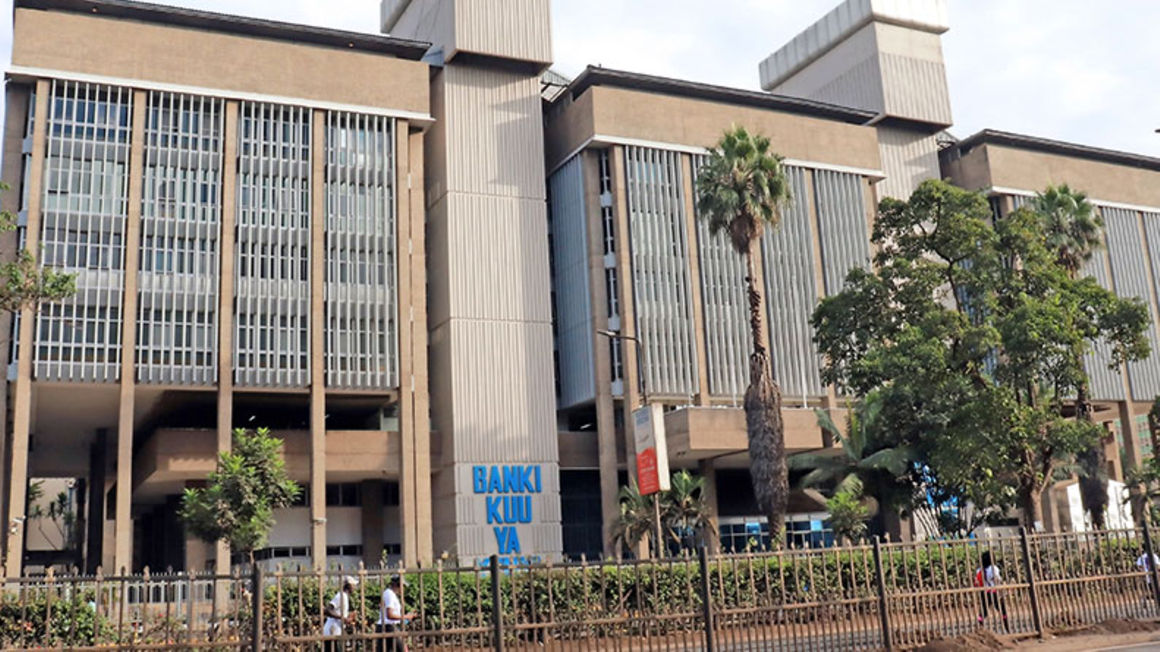
Central Bank of Kenya. FILE PHOTO | NMG
Summary
- Kenya's current account deficit closed 2020 at its lowest level in 11 years, helped by a drop in the import bill and resilient exports as well as diaspora remittance inflows despite the Covid pandemic crisis.
- CBK said the current account deficit declined to 4.8 percent of gross domesti product (GDP) in the 12-months to December 2020, well below the earlier 5.1 percent projections.
- This is the lowest year-ending number since 2009, when the deficit stood at 4.6 percent.
Kenya's current account deficit closed 2020 at its lowest level in 11 years, helped by a drop in the import bill and resilient exports as well as diaspora remittance inflows despite the Covid pandemic crisis.
The Central Bank of Kenya (CBK) said the current account deficit—which measures the net of hard currency inflows of goods, services and investments versus external payments—declined to 4.8 percent of gross domesti product (GDP) in the 12-months to December 2020, well below the earlier 5.1 percent projections.
This is the lowest year-ending number since 2009, when the deficit stood at 4.6 percent.
In 2019, the current account deficit stood at 5.8 percent. CBK, however forecasts that the current account deficit will widen to 5.1 percent of GDP this year.
“The current account deficit is projected at 5.1 percent in 2021, partly due to expected pick-up in imports,” CBK governor Patrick Njoroge said in a briefing last Thursday.
Over the 12-month period, imports of goods declined by 12.5 percent compared to 2019, mainly reflecting lower shipment of oil products owing to relatively low international oil prices.
“The recorded decline in value of the imports reflected much on oil imports which were down by $1.1 billion or 33.1 percent. This was a significant change which relates to lower prices…imports of manufacturing goods also declined by 6.5 percent, even though capital goods picked up,” said Dr Njoroge.
Exports grew by 3.3 percent in the year compared to 2019, pushed by receipts from tea which rose by 10.1 percent, with production up by 20.5 percent.
Horticulture exports also rebounded from July, slowed in November, but accelerated in December. The volume of vegetables increased by 59.6 percent while value increased by 22.2 percent.
Flowers exports have almost fully recovered after decline in April and May, growing by 37.9 percent in December 2020 compared to December 2019.
Remittance inflows hit a record Sh339.9 billion ($3.094 billion) in the year, a growth of 10.7 percent from Sh307.6 billion ($2.796 billion) in 2019.





No comments :
Post a Comment